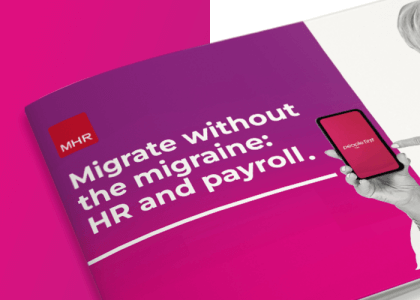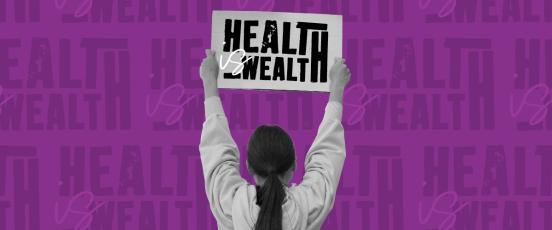21 June 2024
The 3 key signs you need to migrate your HR and payroll system

When is it time to look into a new HR and payroll system? These three signs should clue you in. Plus, we’re taking a look at what you need to do once you realise a change is needed.
You're missing out on competitors cloud resources and other incredible developments
Software is always growing and changing, and new innovations are being brought into the HR and payroll space all the time.
Unfortunately, legacy systems can rarely keep up. Sluggish on-premises solutions typically need hardware upgrades to go with them.
Digitalisation, cloud computing and the internet of things (IOT) are all technologies that newer systems embrace.
How does data migration help?
Data migration ensures you can leave legacy systems behind, embracing a digital transformation strategy that ensures you’re using the best software for the job.
You can't scale as your business grows
Many teams run into issues with their HR and payroll solutions after a point. This is largely because when they are implemented, they’re designed with the current company outlook in mind. This is great for a short-term fix, but long term it leads to growing pains, as they’re not built for your growth plans and can’t easily be adapted.
Scalability isn’t just a matter of growth either. Sometimes you need to wind things down a little to adjust to market conditions. Older systems can’t do that either. You end up stuck in a limbo, unable to make your systems work for you.
How does data migration help?
Modern systems tend to be much more scalable, especially when they make use of the cloud. They’re easy to update as your needs evolve.
It all falls on one person
Skill gaps are becoming a huge issue for just about every organisation of every size. No department is entirely safe, but HR and payroll teams are often extra reliant on skills knowledge. In fact, there are often tasks that fall entirely onto one or two people, and without them you could be facing a huge crisis.
How does data migration help?
Modern systems tend to require much less specialised expertise to keep running, with data democratisation and automation ensuring a lot of tasks are taken care of. This allows employees to focus on the big picture, which also frees up time for training more of the team.
But how do I start the data migration process?
Sometimes the signs you need to think about migration are really obvious. But then you pitch to the board, and there’s no real will to move.
That’s because everyone knows that migration has to be a complete pain. Sure, the way things are isn’t exactly working, but no one wants to invite that headache in.
Did you know there are a number of techniques you can use to make a migration much less painful?
Training and support
Whoever your software provider is, they should be able to provide you with a range of additional training and support before, during and after the implementation. This can include things like consultancy and change management services, but also additional training resources to get people up to speed with the new system.
Testing and validation
Data clean-up and data collection are also vital. This makes sure you have all the data you need in the new system. This will set you up for success and help keep data hygiene in mind for the long term.
Keep running tests to make sure everything works as intended. Maintain backups so you can always return to a safe point, just in case the worst happens. This will also keep you compliant for any audits.
Hype up your stakeholders
You can have the best new software in the world, but if no one in your team is invested in using it, it will sit gathering dust. Consider nominating some software champions across all the departments who will be affected by the new system. They can get full training and spread their knowledge and enthusiasm across their team.
Why does any of this matter?
There are a huge number of benefits to embracing digital transformation in HR and payroll.
- Increased operational efficiency, which also leads to a much better employee experience
- More engaged employees can put their focus on more important parts of their job, which leads to better customer outcomes
- Scalability ensures your software works with your organisation, and never against it
- All of the above hugely boosts resilience and agility, allowing a company to adapt to change much faster
If you’d like to learn more about how to make your data migration for HR and payroll as effortless as possible, check out our latest guide.



